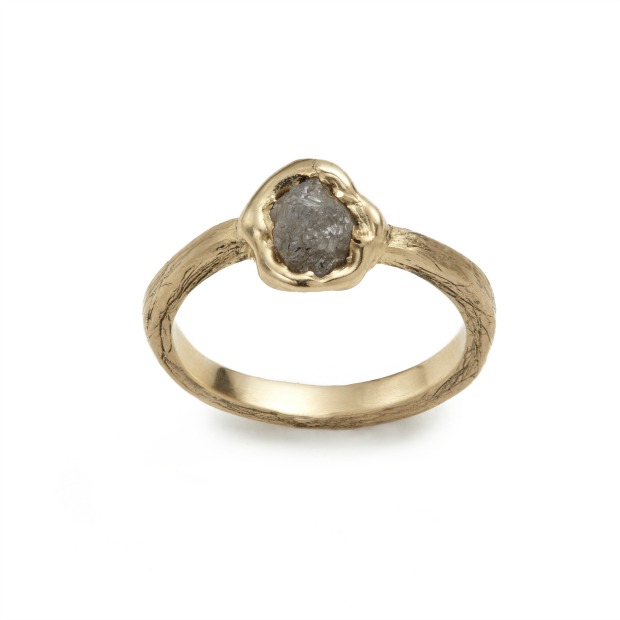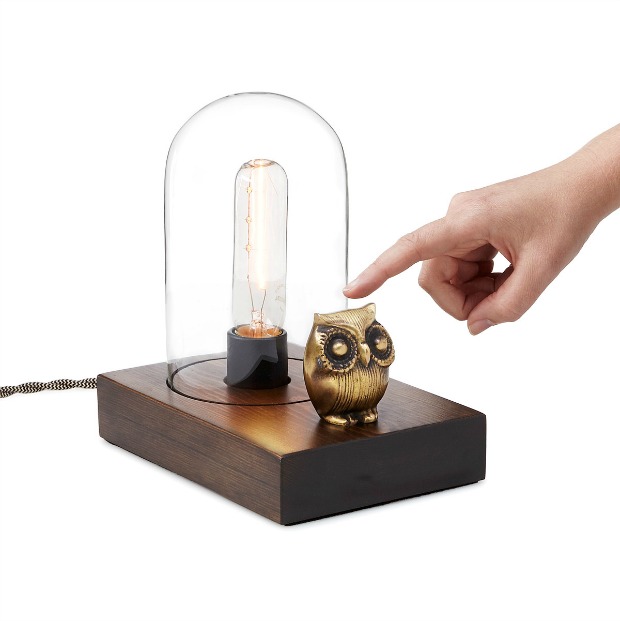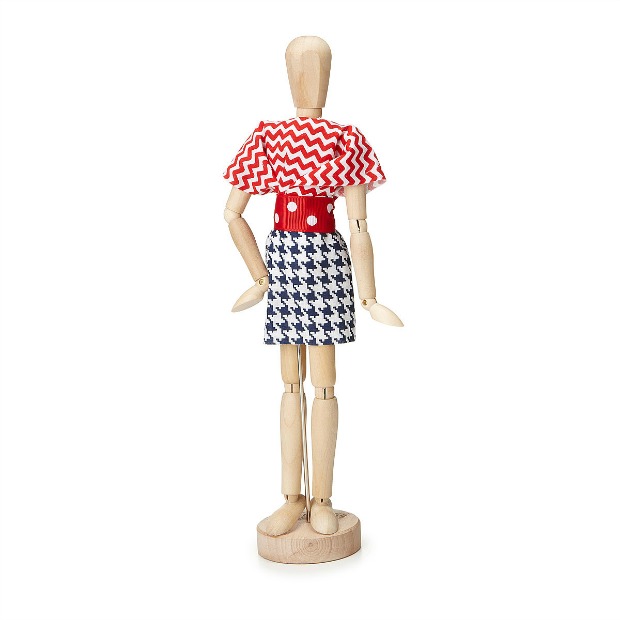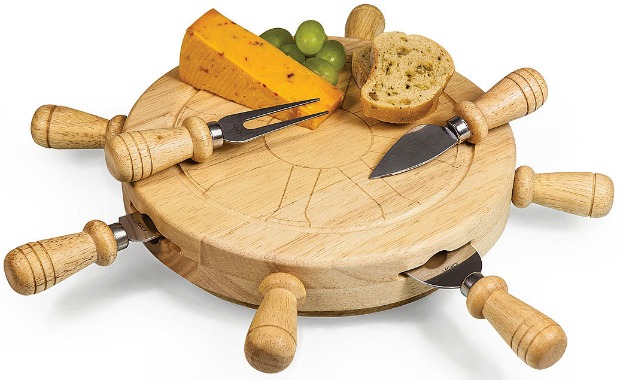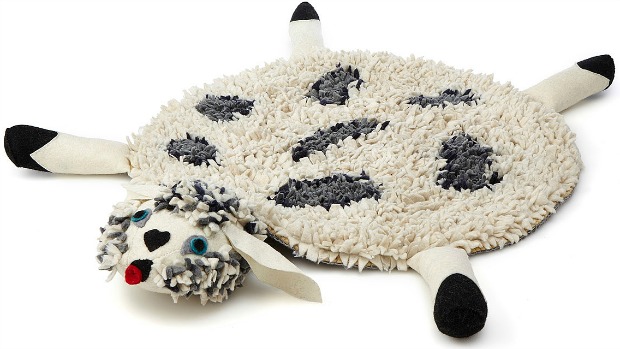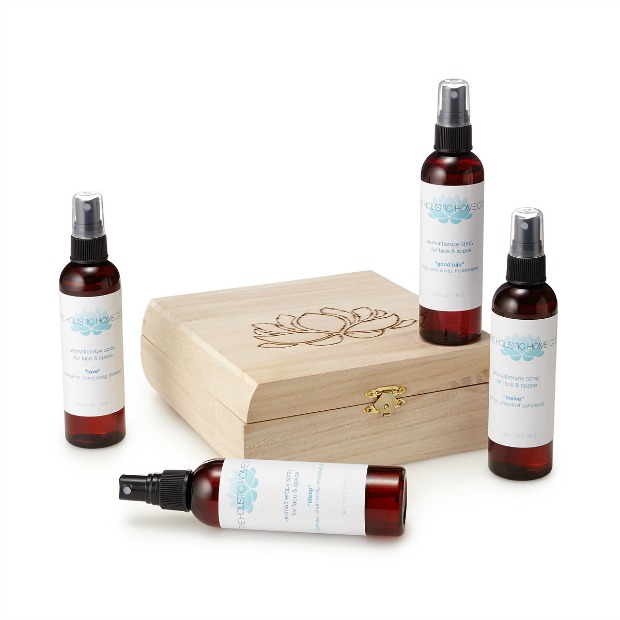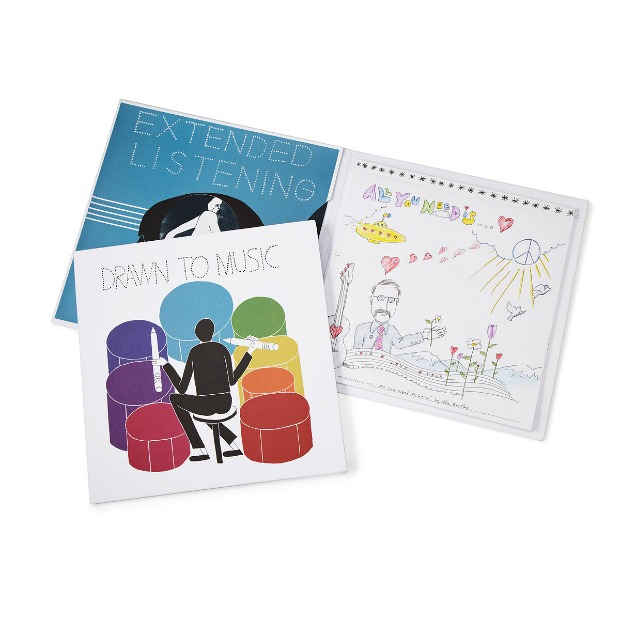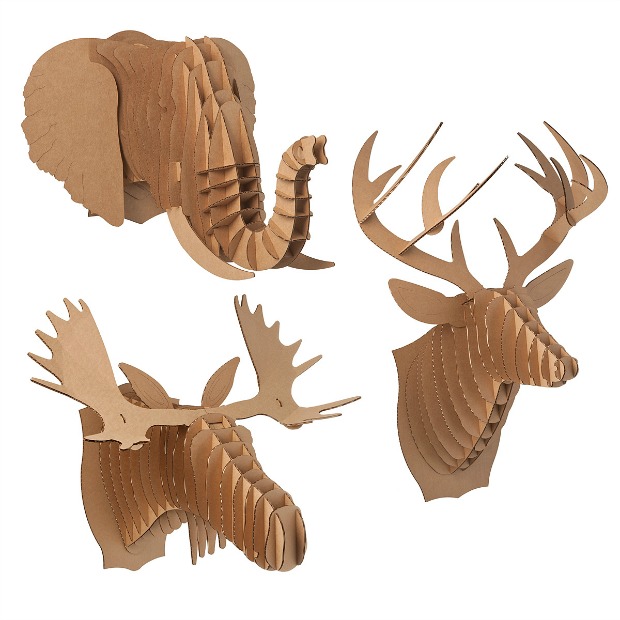If you happen to be on Saturn, Jupiter, Uranus, or Neptune, it sure can! Not that anyone has actually been able to observe this amazing phenomenon first hand, but planetary scientists think it’s likely that the gas giants of our solar system feature showers of diamonds along with their other amazing meteorological phenomena. The vast, gaseous spheres of these planets are plentiful in methane and other hydrocarbons. Epic lightning storms turn the methane into concentrations of carbon, which becomes graphite—and then diamond—as it falls through the crushing pressures of the gas giants’ atmospheres. What happens to these showers of Liz Taylor’s dreams? On colder planets like Neptune, they may pile up on the solid surface of the core (if it has one), but on hot giants like Jupiter, they may liquefy toward the core into lakes or seas of amorphous diamond. As the crew of Firefly might say: shiny!
Rough Diamond Solitaire Ring | $695

